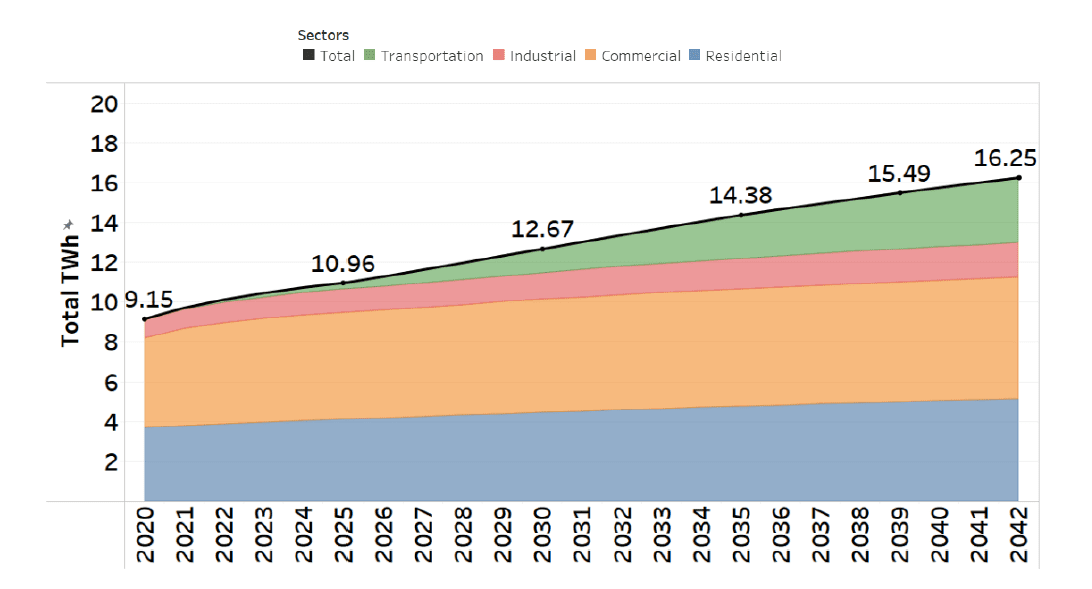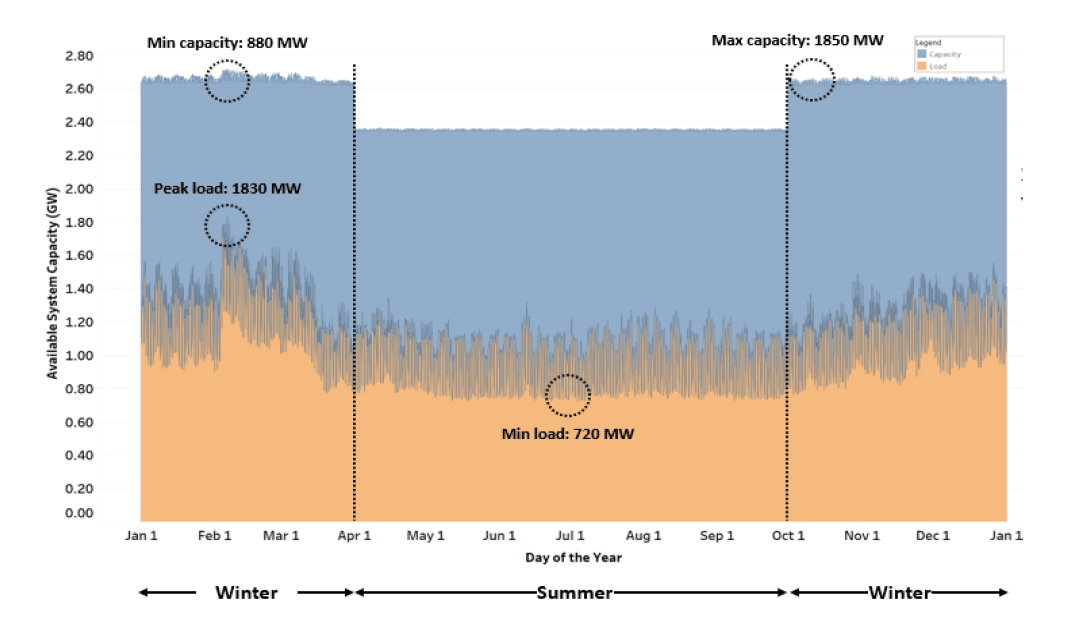
Emeka Anyanwu is Seattle City Light’s Energy Innovation and Resources Officer
The City of Seattle has made significant commitments to address the climate crisis through decarbonization, and the key means of achieving those goals is electrification—the transition from other forms of energy to electricity for various end uses. Recent pivotal technological advances around electric vehicles in all sectors and the development of efficient cold climate heat pumps have been gamechangers that set the stage for electrification at scale. These advancements will bring many customer benefits and improve local air quality. And thanks to Seattle City Light’s carbon-free generation resources, electrification will be a major contributor to regional decarbonization.
As the utility serving Seattle and other nearby franchise cities, it is imperative that we at City Light understand the potential impacts of electrification so that we can prepare to meet our customers’ evolving needs, now and into the future. To gain important insights on these impacts, City Light worked with the industry-leading Electric Power Research Institute (EPRI) to conduct an Electrification Assessment that takes a wide-ranging look at simulated scenarios of electrification to ask and answer two primary questions:
- How will electrification impact City Light’s load over time? and
- How can City Light’s distribution grid and resources best serve this load?

The Electrification Assessment provides analysis that will help City Light better understand the energy needed for the electrification of buildings, transportation, and commercial and industrial applications within City Light’s service territory. It also provides insight into the available capacity on our existing distribution grid.
The completion of this Electrification Assessment concludes a key initial phase of work for City Light—but it is hardly the end of these efforts. The results will be used to inform City Light’s other planning and forecasting efforts, such as the Integrated Resource Plan and the load forecast. The Assessment will also be used to inform our strategic objectives and policy and program decisions as City Light considers how it can best facilitate equitable electrification.

Again, while this study is extensive in what it covers, it does not account for all aspects of our future, so there is still work to be done. Specifically, the Electrification Assessment does not address potential for energy savings through conservation or demand response. It also does not address City Light’s generation resource and transmission needs, nor the costs to achieve electrification. We expect to build on this effort in future phases to look into some of these additional questions and continue to build solutions into our long-term plans.
City Light is committed to creating a shared energy future with our customers and to meeting their energy needs in whatever way they choose. The Electrification Assessment is an important step that helps frame our planning and forecasting efforts as we build toward a decarbonized future. We look forward to the additional work to come.